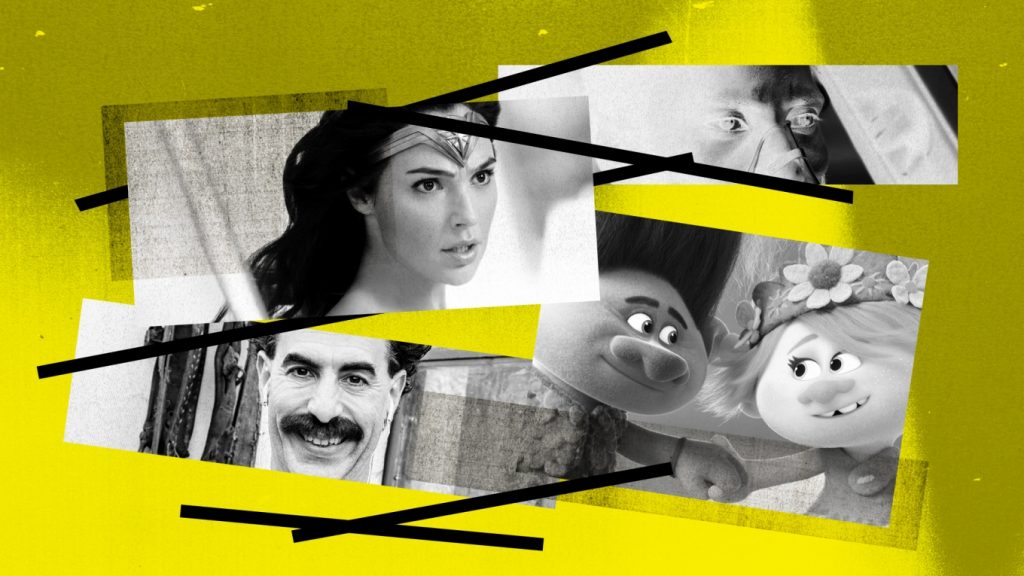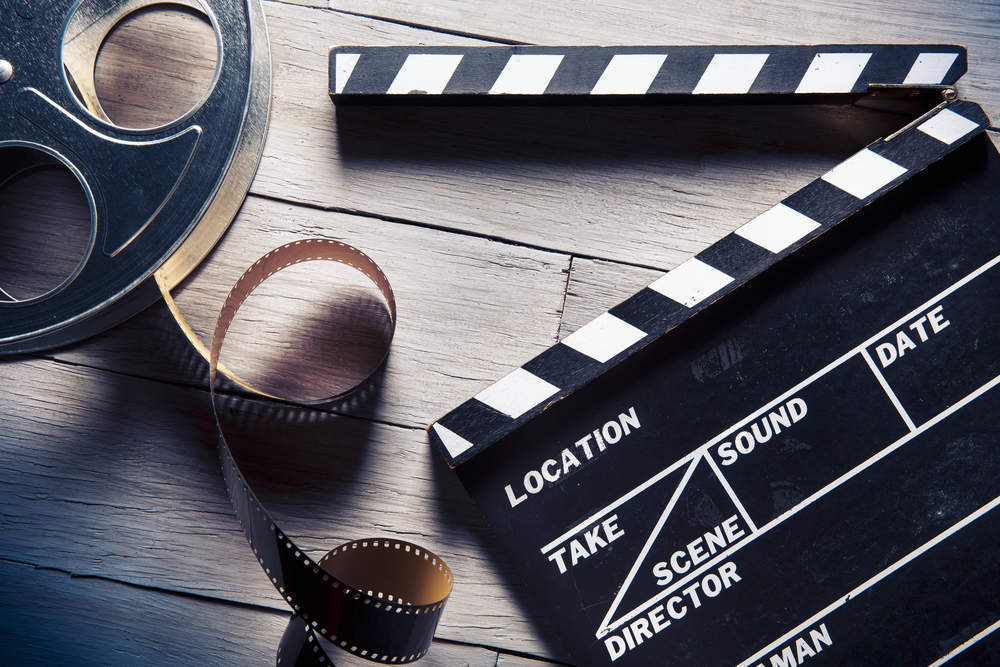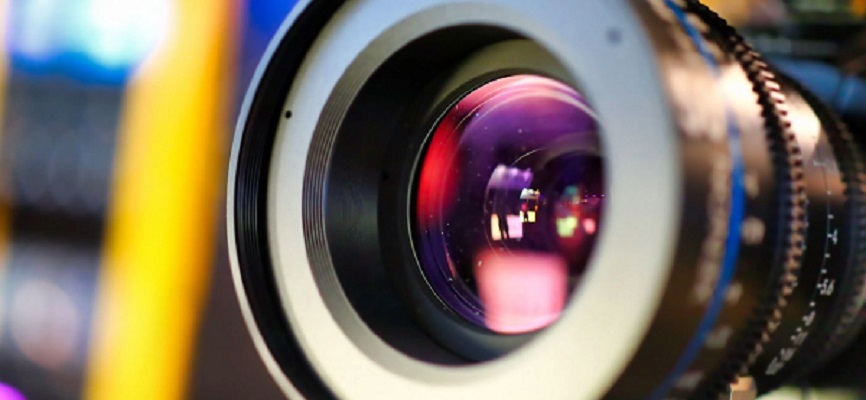
Film Industry is continually advancing, and the decade from 2010 – 2019 is no exemption. More than any other decade in ongoing history, this one has had significant financial, technical, and social progressions that essentially Changes Movie Genres and had consequences on the global entertainment industry.
This decade additionally denoted the official arrival of the future, regarding iconic movies Back to the Future and Blade Runner. It doesn't show up precisely as it did in those movies – rather than droids and the capacity to go through time, the 2010s saw us ace video-on-request seeing at home and start to handle significant social issues that have been fundamental in Hollywood and society overall. The decade will be recognized as a progressive one. Here's how the 2010s radically changed the entertainment industry Shooting Style.
Just like it has for a portion of different businesses, technology Changes in Popular Preferences of the Film Industry – from the manners in which films get made, to how they are edited, to the ways audiences watch them.
Innovation has simplified life for everybody associated with making a film. Only 50 years ago, cameras needed an entire team to operate, and assuming they needed to have an aeronautical chance, they required an airplane-mounted camera that was so substantial it weighed more than the plane! Also, when the film was caught, the editing was done by physically cutting and pasting the film together…not precisely an effective process.
A Discussion on the Quality of Movies Making Process

Lately, some creative adaptability has been seen in the above process. For instance, studios that own specific characters or licensed innovations like Marvel and DC characters recruit the valuable ability to make their films. In such cases, big studios control vast parts of the film, from content creation to distribution.
Streaming Went Mainstream
Netflix initially started offering streaming in 2007, yet it wasn't until 2010 that they'd gone from the “fastest-growing first-class mail client of the United States Postal Service to the greatest wellspring of streaming web traffic in North America during peak evening hours,” as per The New York Times. By the following year, they were working in 45 countries before growing to essentially the whole world in 2016. Netflix's worldwide control and pioneering foray into the streaming universe are straightforwardly liable for the video-on-demand boom today, which led to the cord-cutting revolution.
Beyond making a space of appropriation that didn't exist last decade, Netflix's release strategy has affected how we devour entertainment as well as how it's made in the first place. By dropping whole periods of shows at once, plot lines presently do not require the emotional cliffhangers we were once familiar with network TV.
So, what's next for streaming? The so-called streaming wars, where because of an undeniably immersed scene, platforms are competing for crowd participation, while crowds are accidentally preferring perpetually benefits access the entertainment they need.
More Motion
Action and motion in a film help to keep the crowd's consideration. Have you ever watched an action picture and saw your heart thumping quickly? Was your adrenaline pumping hard? It's your body's physiological reaction to motion inside a shot. Producers cautiously and deliberately create the action we see on screen to coordinate with the dramatic intensity of the scene.

Changing Light
Modern digital technology has permitted movie producers to keep up with better control over a more powerful scope of light. Films today are regularly shot with considerably less light than their archetypes, considering more real impacts. Take “Security,” for instance, which was shot on the evening roads of LA with primarily natural light. Moreover, current movies are frequently a lot hazier than films made in the gold period of Hollywood. And surprisingly, the utilization of color has been acclimated to suit the flavor of current crowds. As Cutter clarifies, brilliant colors have remained something similar, yet curiously dark colors have gotten hazier.
An illustration of this is “Harry Potter and the Deathly Hallows: Part 1.” Notice that a few shots from the trailer are amazingly dark with just little central places of light in the frame. Producers utilize this strategy to control where the crowd looks and what they see.
What Will be the Future of the Film Industry?
The Entertainment business develops as society advances. Movies and theaters possess stood the trial of energy for quite a long time. There will consistently be a must for a convincing story, and people will always see the value in fantastic stories. Although with what is by all accounts a pandemic-prompted shift into the universe of online entertainment and Ott's. This change was inescapable and optimized because of unforeseen outer components.
What's the future holds in this industry is invigorating for both the producers and the crowds. The crowds have the freedom to watch movies across their favored mediums from the beginning, as opposed to the ordinary since a long time ago drawn dramatic only way. The studios currently have more approaches to draw in crowds with their content. Notwithstanding the theatrical experience, they can contact more people quicker while guaranteeing they maintain a profitable business.
